
By John Chen–
2023 was an exciting traveling year for me. The pandemic finally ended so it was time to breathe some fresh air, see and hear new sights and sounds, and smell lots of roses! Like millions and millions of people, I headed out of town, out of state, and out of the country. I turned into an insatiable force, hungry to devour brand new experiences as often and as much as I could. With so many places to choose from, I thought I would share with you some historic, utopian, fun, adventurous, unique, and even scary destinations (in Part Two).

Cartagena, Colombia
Although modern Cartegena is known for beautiful beaches, exhilarating nightlife, and an abundance of shopping, we opted to immerse ourselves in the history and culture of old Cartegena and toured the San Felipe de Barajas Fort and the “Old Walled City.”

The San Felipe de Barajas Fort, originally a castle, is perched on the highest grounds with a commanding view of the trade-rich Spanish colony, the walled city of Cartagena. The fort was the most formidable among a network of fortresses defending Cartagena against pirates and invaders from the 15th to the 19th centuries. Although suffering several major damages over the years, the fort remains. Along with the Walled City, it was refurbished and revitalized after UNESCO recognized both as World Heritage Sites in 1984.
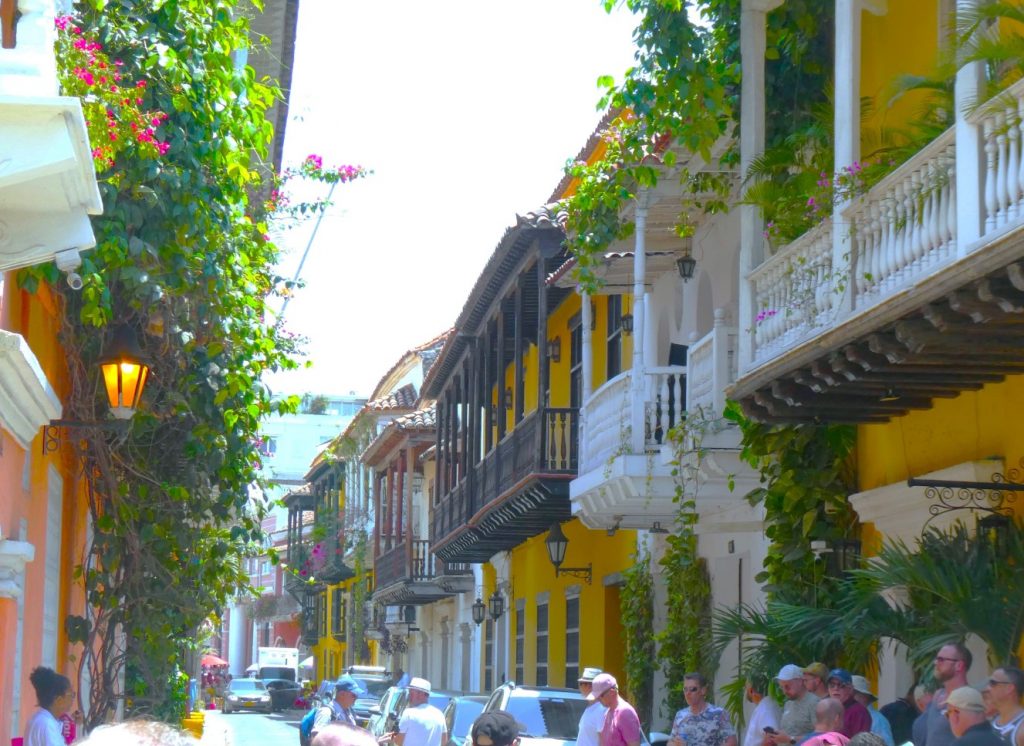

The “Old Walled City” was an extremely wealthy colony and the pride of the Spanish empire in South America. Interestingly enough, Cartagena gained its original riches and notoriety from discovering treasures buried in tombs of the Zenú Tribe (also known as the Sinú). In the 1700s, Cartagena became the hub of slave trade that led to further economic prosperity. For all its wealth, Spain realized Cartagena required extra fortification, defense, and protection. After every attack and battle, the city constructed higher, thicker, and stronger walls, making it nearly impenetrable.
Today, the Old Walled City is a major tourist attraction. Old Cartagena retains the beauty, character, and charm of a historic Spanish colony frozen in time with scores of cathedrals, churches, museums, and colonial architecture lining every street and alley.
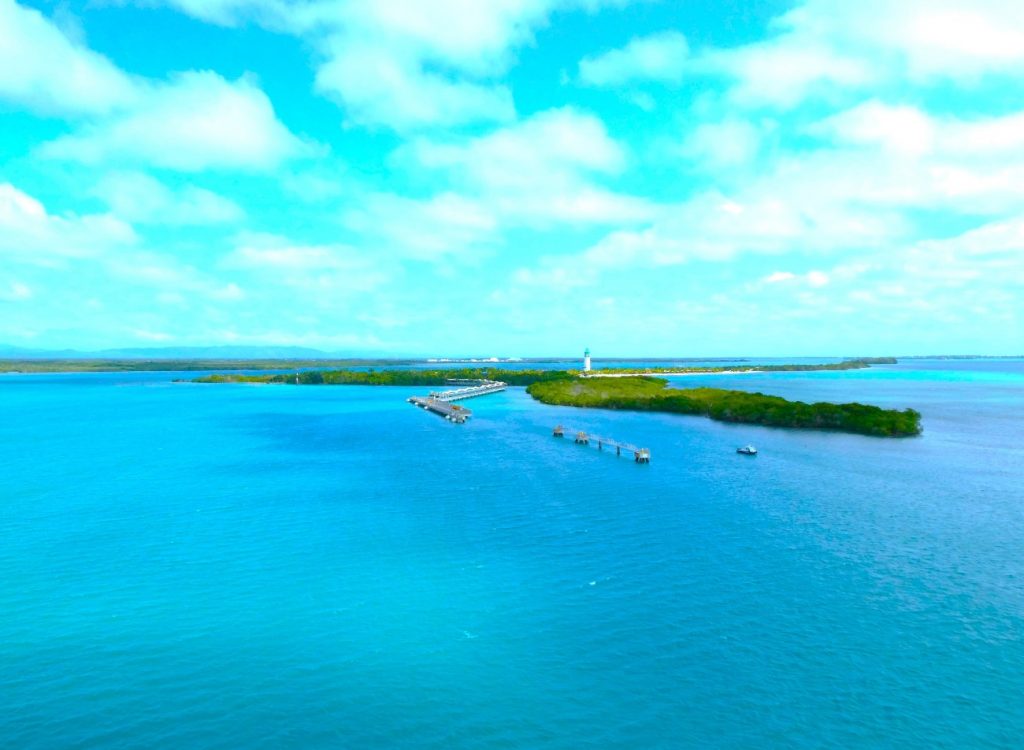
Belize
Belize is a country known for its stunning beaches, pristine rain forests and jungles, wildlife, and the second largest barrier reef in the world: the Mesoamerican Barrier Reef System. A former British colony, Belize has as its national language English, and is by far the least populous country in Central America at less than half a million.
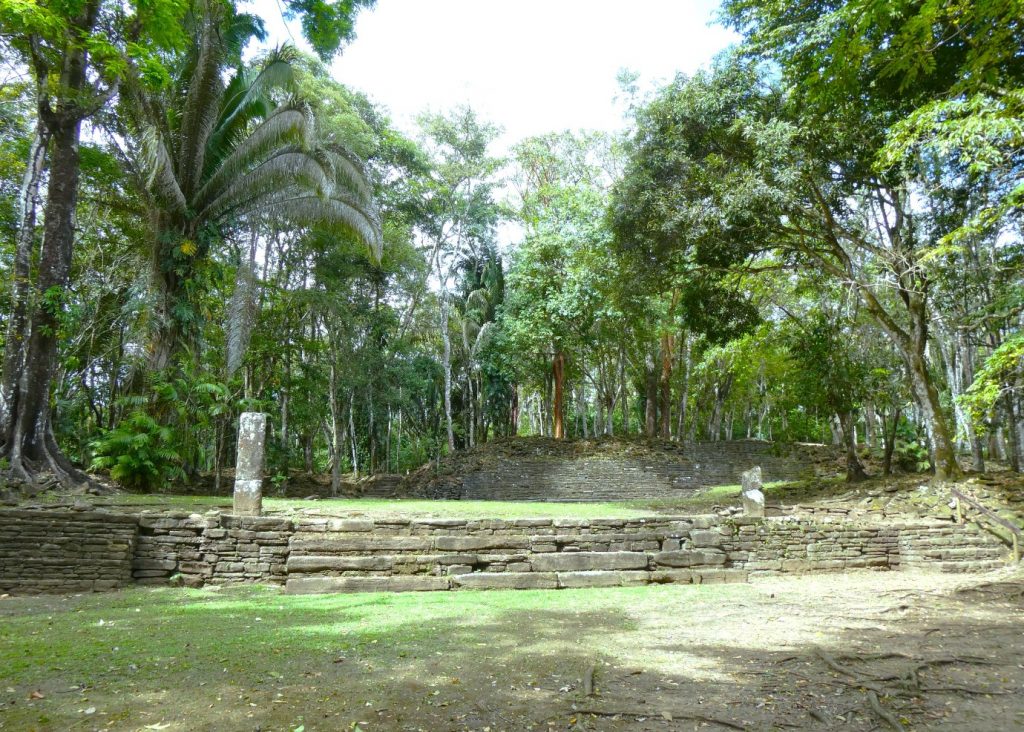
Although we made a pitstop at one of the many gorgeous resort islands, Harvest Caye, our main destination in Belize was Nim Li Punit Mayan Ruins. Nim Li Punit, or Big Hat, is named after the large elaborate head pieces the ancient Mayan kings wore. These head pieces were carved on large stone slabs called stela.
The Mayans inhabited the area called the Mayan Mountains of Belize. The on-site museum documented that the Mayans migrated to the area approximately 2,000 years ago and flourished until sometime in 1200 Common Era or A.D. Their disappearance is still somewhat of a mystery, but the most popular theory is overcrowding. The number of Mayan people greatly exceeded their farming capabilities.

Panama
Our tour guide in Panama half-heartedly joked, “If it wasn’t for the canal, no one would know about or visit Panama.” The Panama Canal and its locks are the most important economic driver of the local economy as well as a major player in world mercantile trade and are touted as one of the Seven Modern Wonders of the World. Completed in 1914, the canal connects the Atlantic and the Pacific Oceans through Gatun Lake in Panama. And the canal locks enable merchant and cargo ships to pass through varying elevations of land, saving thousands of nautical miles translating into quantum leaps in valuable time and money savings.

In 2016, much larger new locks at Gatun East (Atlantic Ocean side) and Miraflores West (Pacific Ocean side) were completed to allow the largest modern cargo and cruise ships to pass through the canal. We were fortunate enough to watch a giant cargo ship go through the Gatun East new locks at the Agua Clara Locks Visitor Center.
While in Panama, we also took the opportunity to visit Fort San Lorenzo, a UNESCO World Heritage Site approximately eight miles from the Colón, Panama. Built at the end of the 1500s, the fort was designed to protect the main waterway entrance and exit to the Americas with limited effectiveness. Apparently, the fort was under constant attack from pirates and is now a ruins site. Our short journey to the fort included stops along the roadside to observe all types of wildlife, such as howler monkeys, exotic birds, and coati, a Central American “racoon” in the surrounding rainforest.

George Town, Grand Cayman, Cayman Islands
Like most Caribbean Islands, Grand Cayman has stunning beaches, exhilarating water sports, diverse wild sea life, and excellent hospitality. What I didn’t know was that George Town, capital of the Cayman Islands, has a lively nightlife and is dubbed the major financial banking hub for truly economic elites around the world. Additionally, the Cayman Islands are also known for their wild sea life conservation efforts and strange landscape.
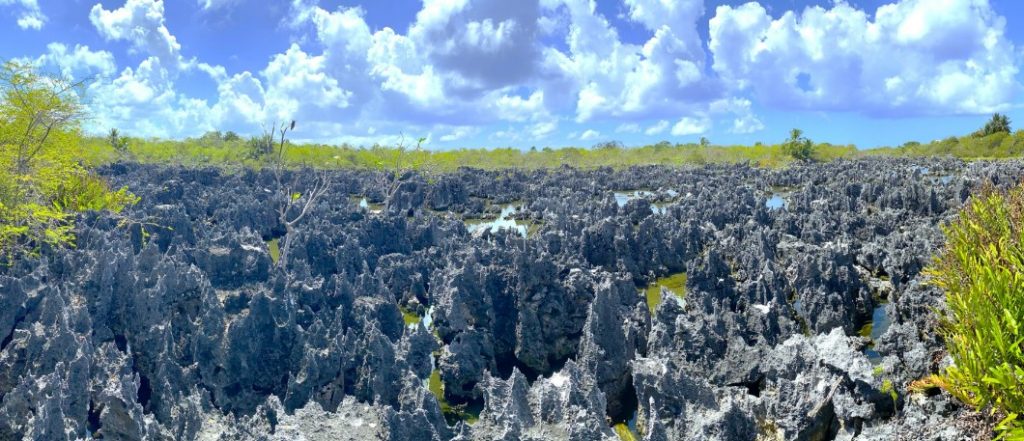
While visiting George Town, we toured the nearby Cayman Turtle Centre, a giant green sea turtle conservation, advocacy, and education park. According to the centre, at one point there were over two million sea turtles living, breeding, and nesting on and around the Cayman Islands. The green sea turtles have always been an important part of the local ecology, culture, and economy, becoming the national symbol of the people. However, by the early 1900s, the green turtles were hunted to near extinction, prompting the government to begin conservation and protection efforts. At the centre, we were excited to be given the opportunity to interact—see, touch, and swim with these gentle giants.
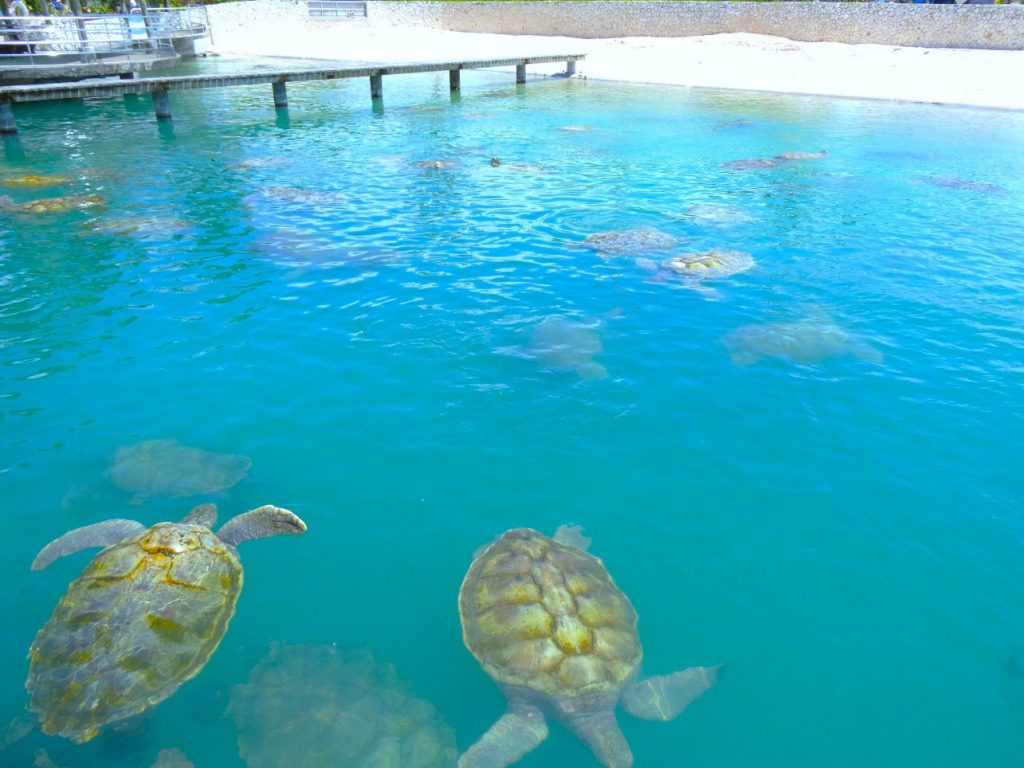
Another noteworthy, but completely unexpected, attraction near George Town is Hell. The Cayman Islands tourism proudly introduces this unique, but small (only half of a football field in size) topography as “From the Depth of Hell. In the Cayman Islands, tourists can go to Hell. This uniquely named attraction … is well known for a small patch of black limestone formations that can be seen poking out from its lush surroundings.” At Hell, we purchased Hell postcards and sent them immediately to friends and family from the onsite Hell Post Office.
Look for Part Two in the next issue of the San Francisco Bay Times when we leave Hell and visit Yankee Stadium, Hershey’s Chocolate World, Amish Country, and more!
John Chen, a UCLA alumnus and an avid sports fan, has competed as well as coached tennis, volleyball, softball, and football teams.
Travel
Published on February 8, 2024
Recent Comments